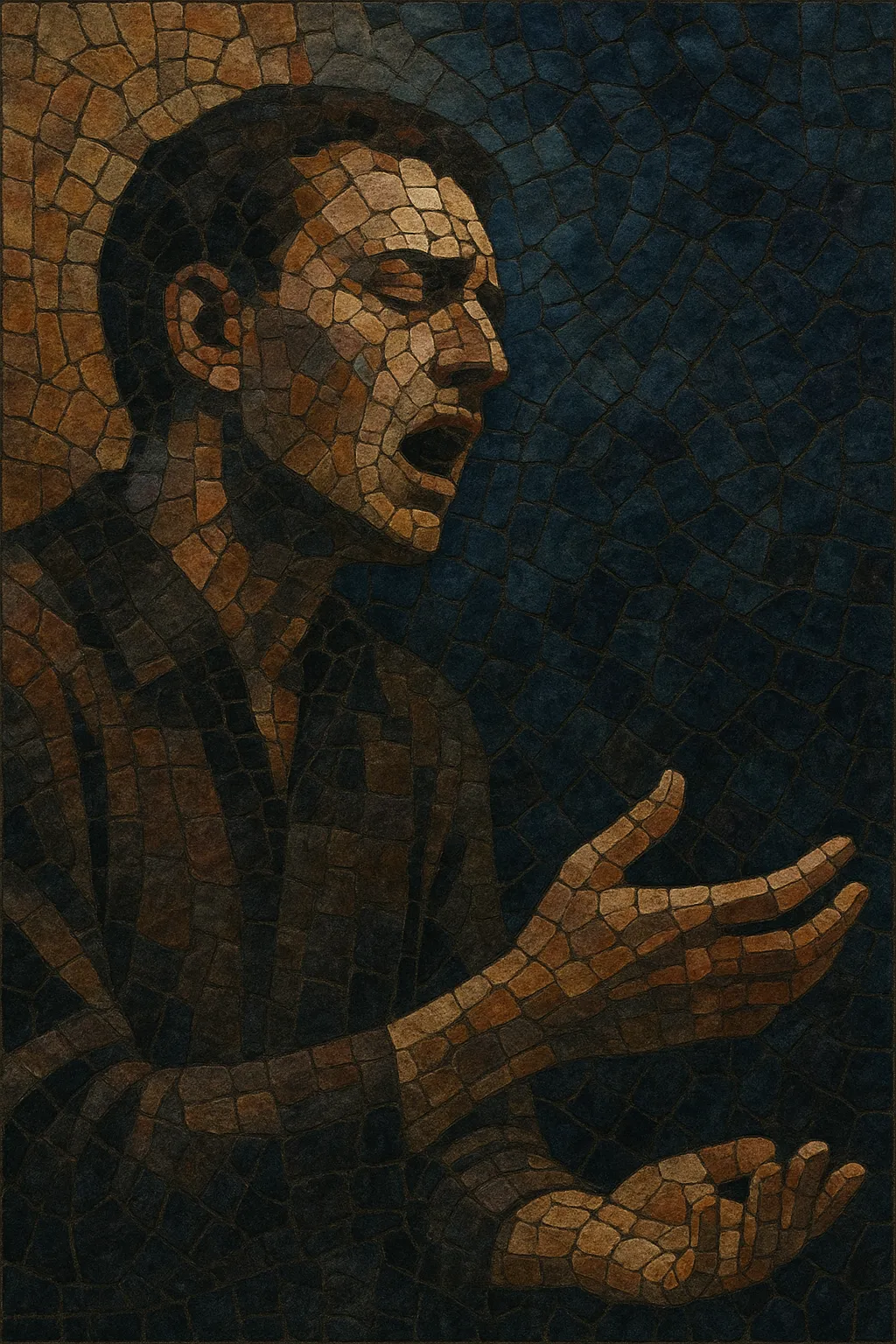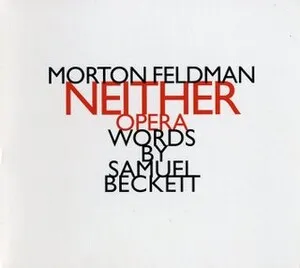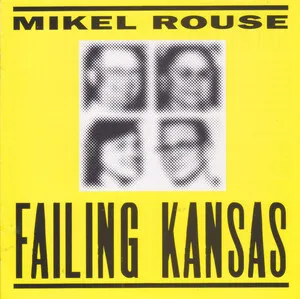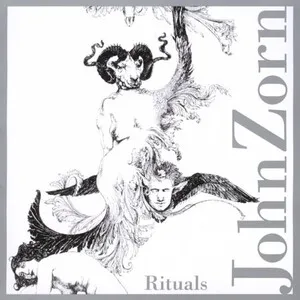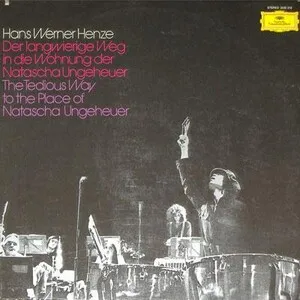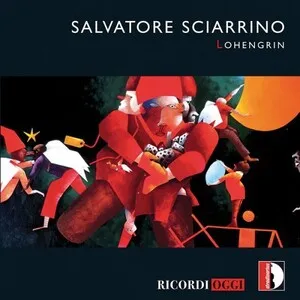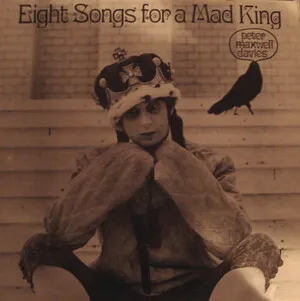Monodrama is a staged musical work centered on a single character whose thoughts, memories, or actions unfold in real time. It typically features one singer (or sometimes a speaking actor) accompanied by orchestra, chamber ensemble, or piano, turning the solitary voice into the sole onstage protagonist.
While it shares DNA with opera, cantata, and melodrama, monodrama narrows the dramatic lens to an intimate psychological drama. The music is often through-composed, allowing uninterrupted narrative flow, and the orchestra frequently functions as an "invisible second character," projecting scenery, memory, and subtext through color and motif.
Early seeds of monodrama grew from Enlightenment-era experiments that fused spoken declamation with music. Jean-Jacques Rousseau’s Pygmalion (1762; staged in the 1760s) and Georg Benda’s German melodramas (such as Ariadne auf Naxos and Medea) used a single performer with orchestral accompaniment to animate interior states and narrative. These works—though often spoken rather than sung—established the dramaturgical premise: one figure on stage, with music as partner and psychological mirror.
As Romantic and late-Romantic composers deepened musical subjectivity, the one-character stage work evolved into fully sung forms. Arnold Schoenberg’s Erwartung (1909) is a landmark operatic monodrama: a continuous, expressionist monologue where the orchestra becomes the protagonist’s subconscious. This period cemented monodrama as a distinct, modernist-friendly vehicle for psychological narrative, distinct from multi-character opera.
Francis Poulenc’s La voix humaine (1958) distilled monodrama’s potency into a telephone conversation: one voice, one room, orchestral subtext. Composers such as Samuel Barber (Andromache’s Farewell) and Benjamin Britten (Phaedra—often described as a dramatic monodrama) refined the format’s focus on text-driven vocal writing and closely coordinated orchestral commentary.
Late 20th- and 21st-century composers expanded the palette. Peter Maxwell Davies (Eight Songs for a Mad King), Kaija Saariaho (Émilie), Pascal Dusapin (Medea), and Peter Eötvös (The Lady Sarashina) embraced extended techniques, flexible tonality, and multimedia staging. Today, monodrama remains a favored form for exploring identity, trauma, and memory—compact, tourable, and adaptable to chamber or symphonic forces.

